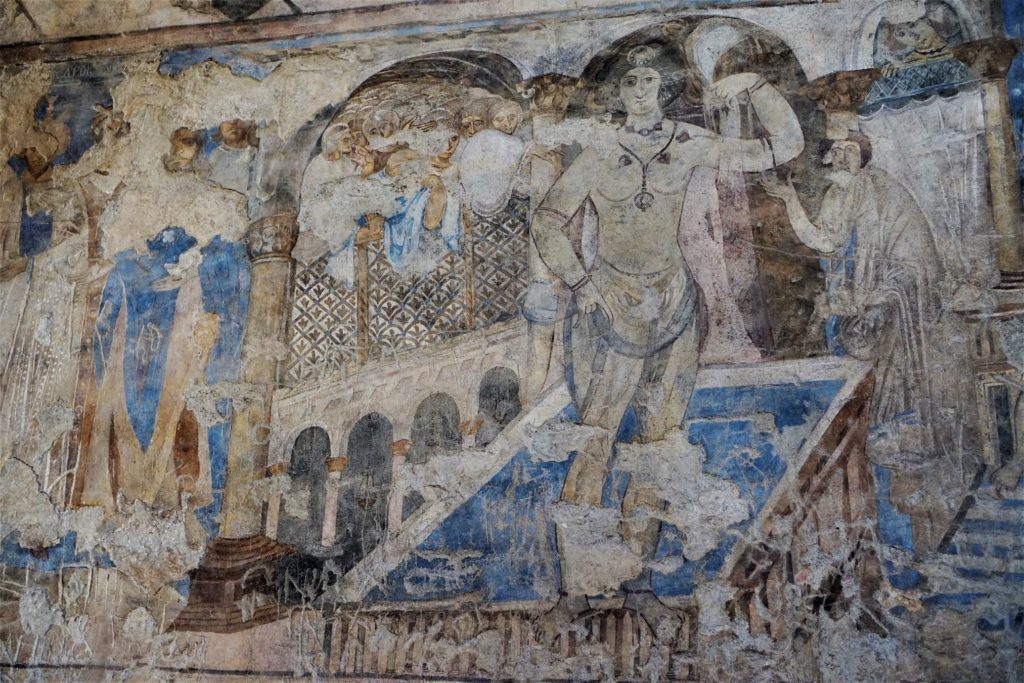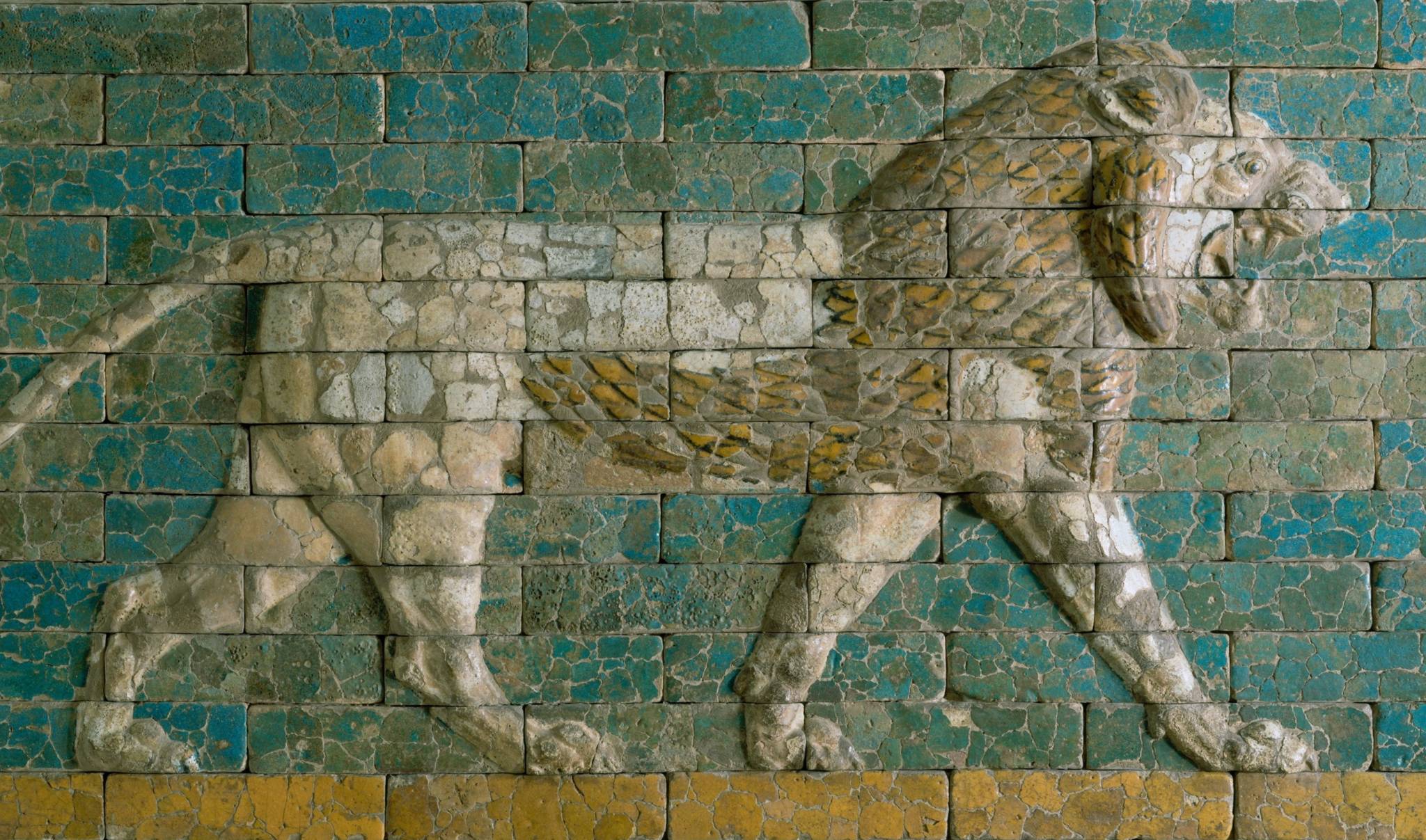For the first time this fall, the Humanities Council’s Program in Humanistic Studies will be offering students a Near Eastern Humanities Sequence alongside the East Asian Humanities Sequence and the Interdisciplinary Approaches to Western Culture, traditionally referred to as the ‘HUM Sequence’ or ‘Western Sequence.’
HUM 247/NES 247 Near Eastern Humanities I: From Antiquity to Islam, introduces some of the most important works of literature, philosophy, history, religion, and science which emerged from this pivotal period in history. Alongside the readings, there will be a study of visual art and material culture, looking at Pharaonic sculpture, Mesopotamian and Jewish artifacts, Arabic rock inscriptions, and the Umayyad palace at Qusayr `Amra. The course will draw faculty from diverse departments from across campus whose research and teaching will inform this interdisciplinary approach to an underrepresented area of humanistic traditions.

Johannes Haubold (Classics) and Dan Sheffield (Near Eastern Studies) will team-teach this fall, sharing their combined understanding of the period from Pharaonic Egypt to Islamic Iran with their students. In the spring, students will survey Near Eastern art, law, and thought from the year 1000 to the 20th Century.
Often, the cultural contributions of the Near East are viewed through a western lens in terms of the ‘contribution’ made by Near Eastern cultures to those that flourished in other parts of the world, particularly Europe. Those contributions were, indeed, immense and long lasting; this course focuses on the original context from which they emanated.
The Sequence was created by Eve Krakowski (Near Eastern Studies) and Moulie Vidas (Religion), who wanted to see the story of the Near East told in its own terms and in its own setting, while recognizing the intersections across literatures, thought, and geographical boundaries. Wanting to preserve the model of team-teaching which is at the core of the Interdisciplinary Approaches to Western Culture, and to collaborate with faculty from across campus, the Humanities Council was the natural home for this new sequence.
“One of our determinations in designing the course was to emphasize intersections – not just among near eastern traditions, but also between these traditions and those that one usually associates with Europe. After all, places like Egypt and what is now Turkey played a fundamental role in the transmission and shaping of the classical “western canon,” said Vidas.

“I think that the intellectual traditions of Europe and the Middle East are much more intertwined than the tradition as widely understood might suggest.” Said Yousef Elzalabany ’20 who will be one of the first students to take this course. “Ever since taking the “HUM Sequence” as a first-year, I’ve thought a lot about what texts get included in the canon what gets left out. In particular, it was striking to me that there were no texts from the Islamic intellectual tradition, which comes from the same Middle Eastern region as the Hebrew Bible and New Testament,” he added.
The addition of the year-long survey of Near Eastern literature, thought, and culture to the existing Western and East Asian perspectives, is a major step towards the Program in Humanistic Studies’ goal to offer a global array of interdisciplinary sequences and a truly rich foundation in the humanities.
Read more about the Humanities Sequences
By Min Pullan













